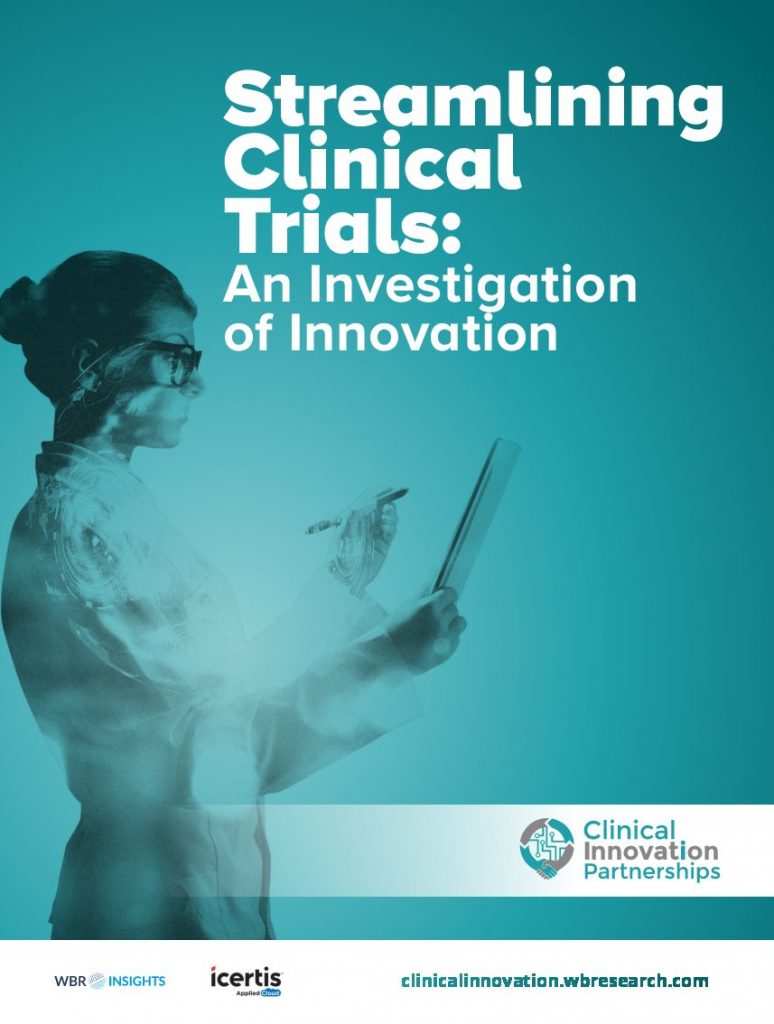Technological innovation has changed the face of practically every industry. However, when it comes to matters of life and death, necessarily strict regulations have seen clinical trials lagging behind other lower risk industries which can put innovation into practice much more easily. Despite this, Directors of Clinical Operations have been orchestrating a delicate balance between innovation which will help the industry progress in the long run, and keeping the safety of the patient front-of mind.
Technology has managed to streamline many of the time-consuming manual processes, whilst simultaneously
offering a wealth of data which can be used to maximise efficiency. The contracting process is an excellent example of this. Automation has afforded companies more visibility into the contracting process than ever before, and proved a clear ROI for pharma companies who utilise it. However, when it comes to automating more high-risk elements of the clinical trials process, respondents to our survey are facing push-back from the C-suite. The most pertinent issues respondents had with securing the budget for eClinical tools were centred on a lack of understanding of the benefits. The opportunities for automation in the clinical trials space are numerous, and this is an exciting time for the industry. As the buzz around modernisation intrigues more Directors of Clinical Operations to learn about the benefits of eClinical tools, we’re beginning to see this filter through into more tangible changes. This report covers some of the innovations being implemented by leading pharma companies across Europe, and the challenges which Directors of Operations are facing along the way.
In Q2 of 2019 WBR Insights and Icertis surveyed 100 Clinical Operations Directors from pharmaceutical companies across Europe to find out more about the challenges they’re facing when implementing new technologies anddigital processes in their clinical trials.
The survey was conducted by appointment over the telephone. The results were compiled and anonymised by WBR Insights and are presented here with analysis and commentary Icertis and the Clinical Innovation Partnerships community






